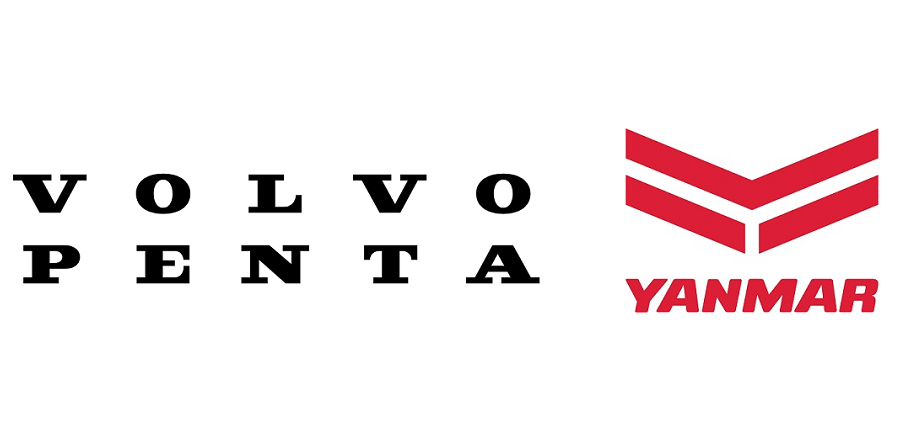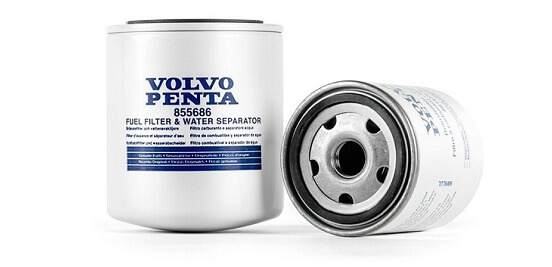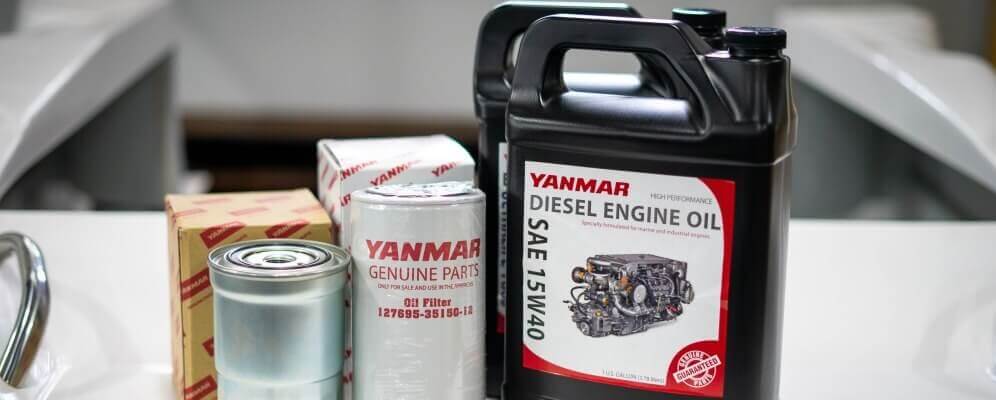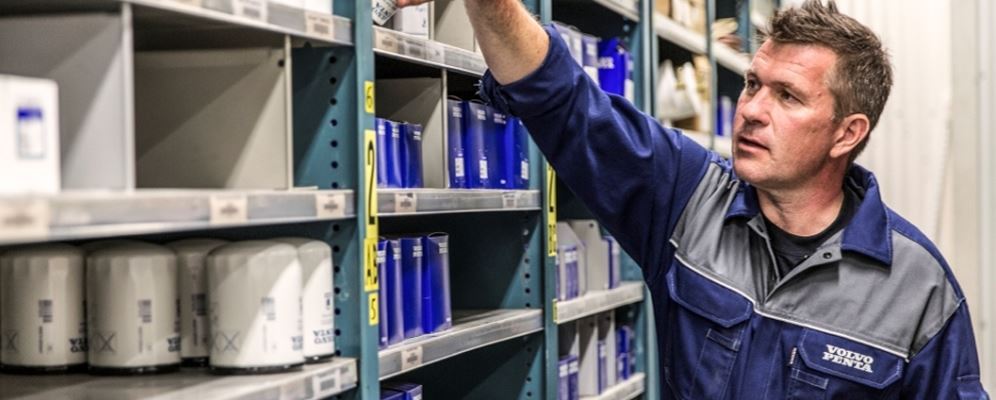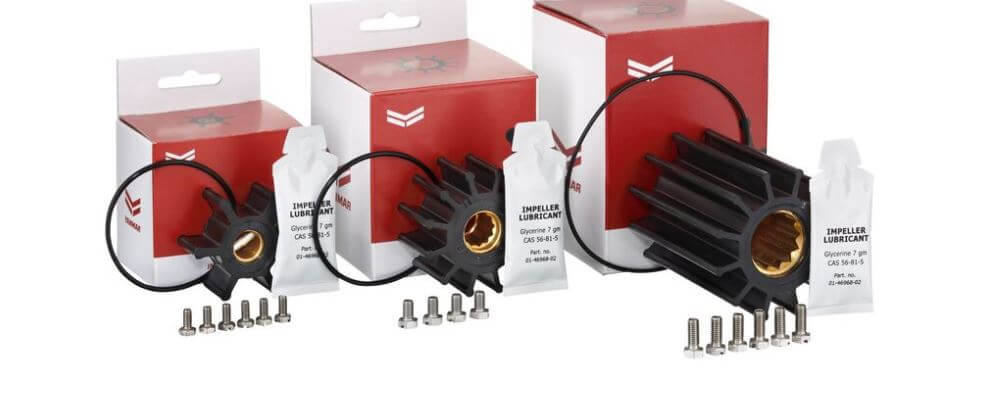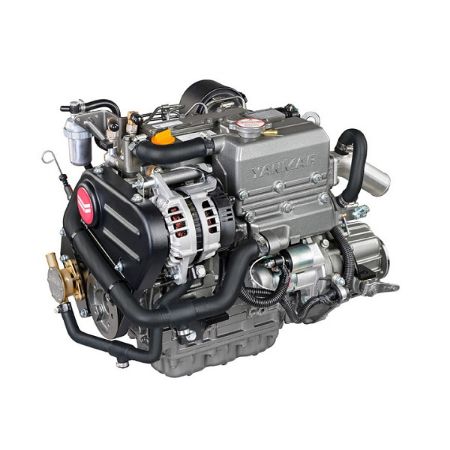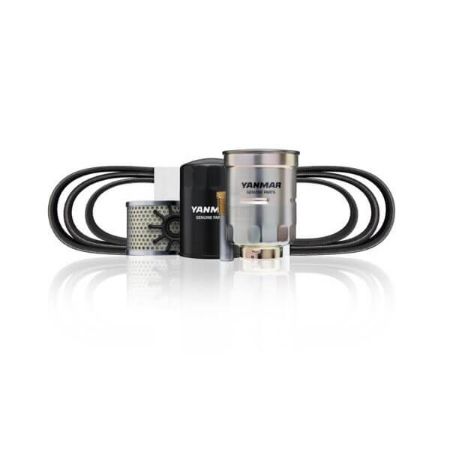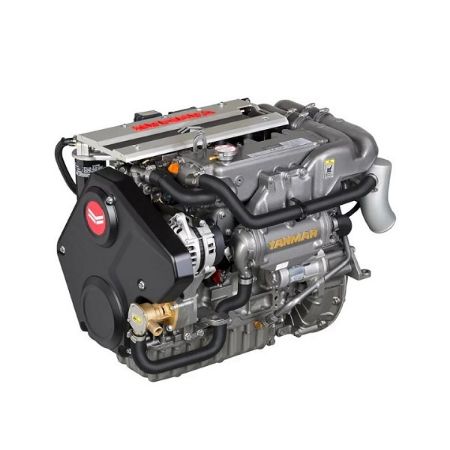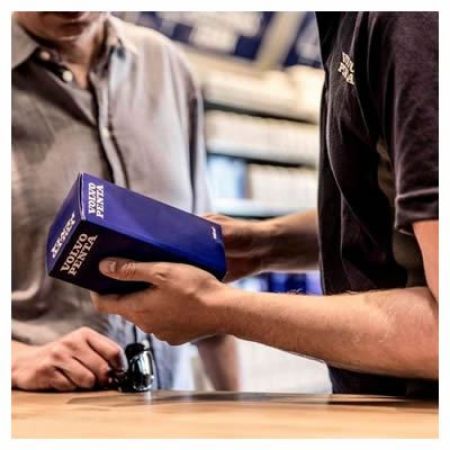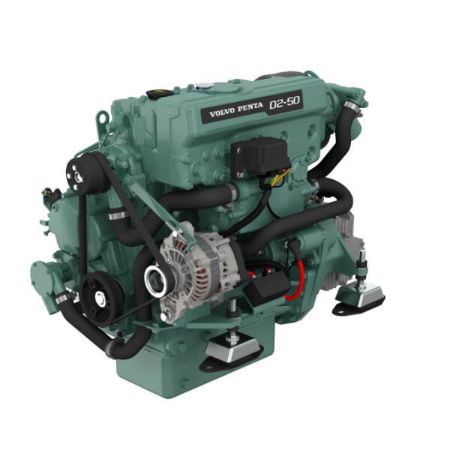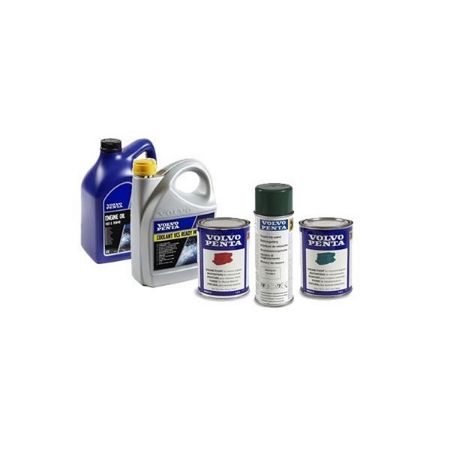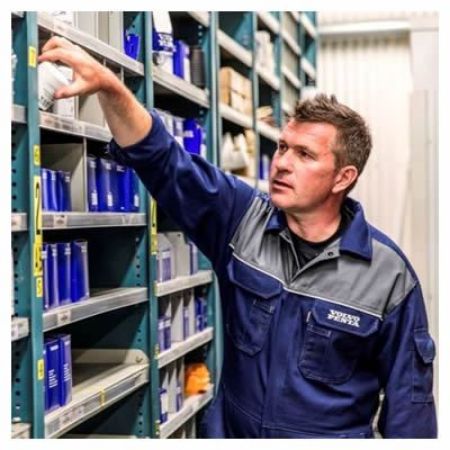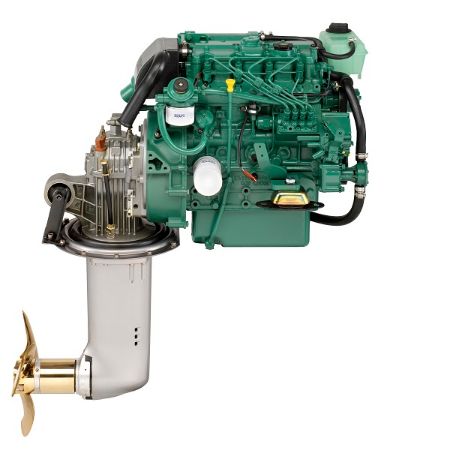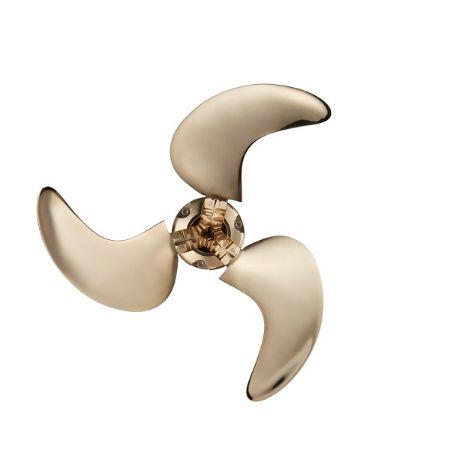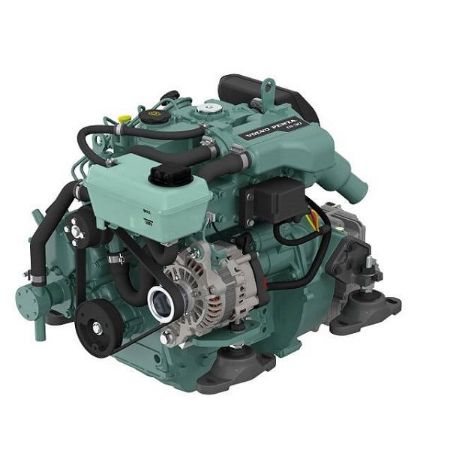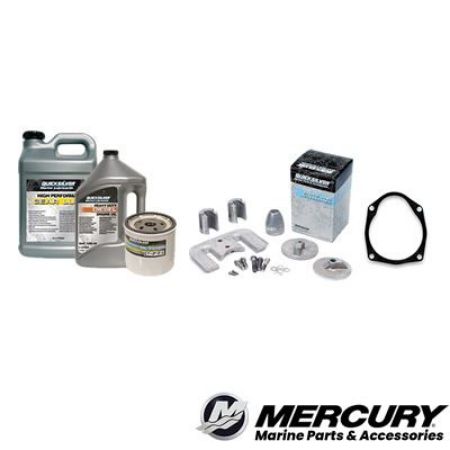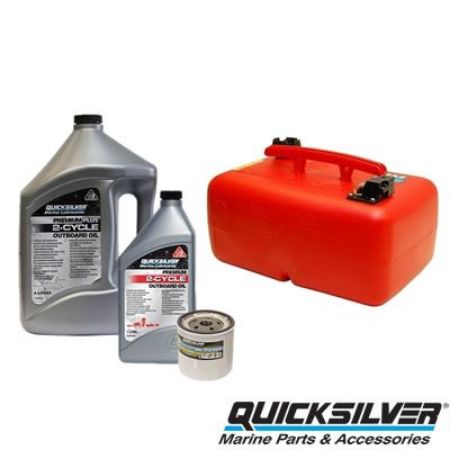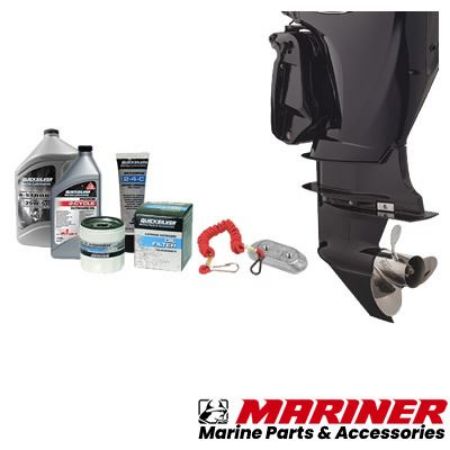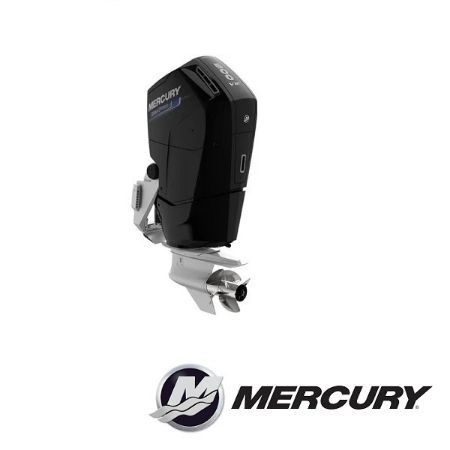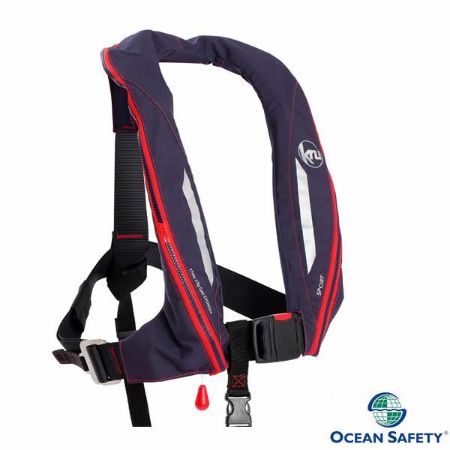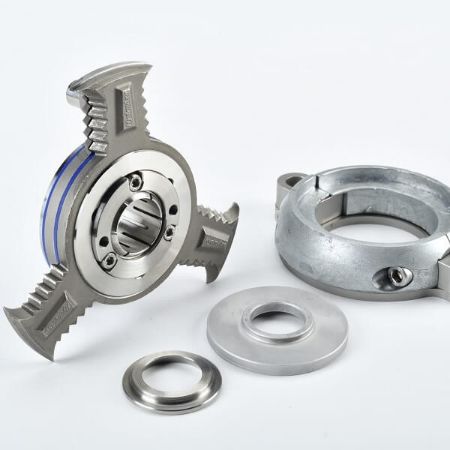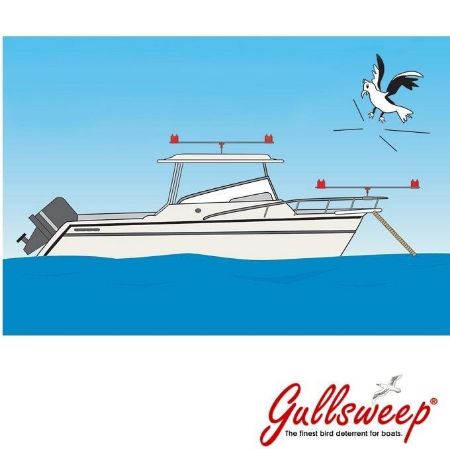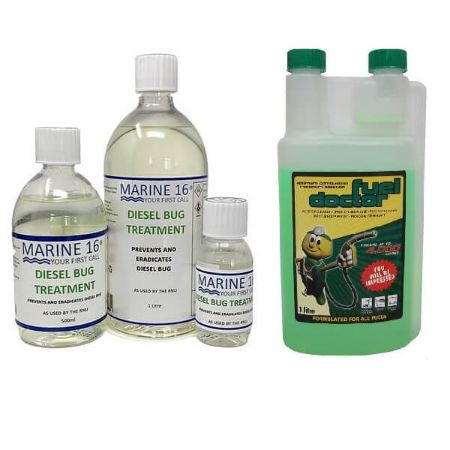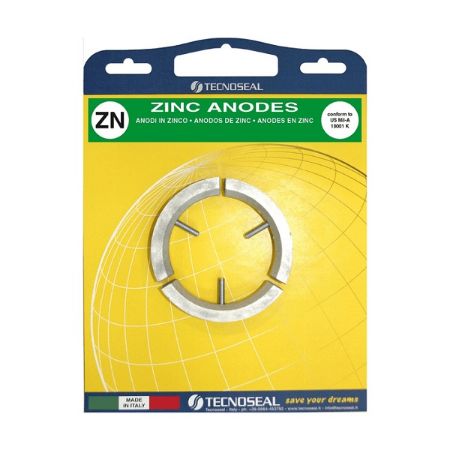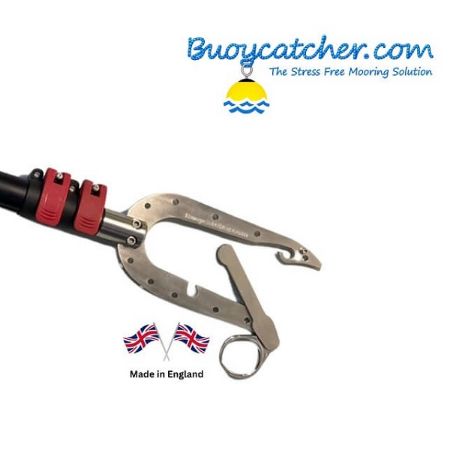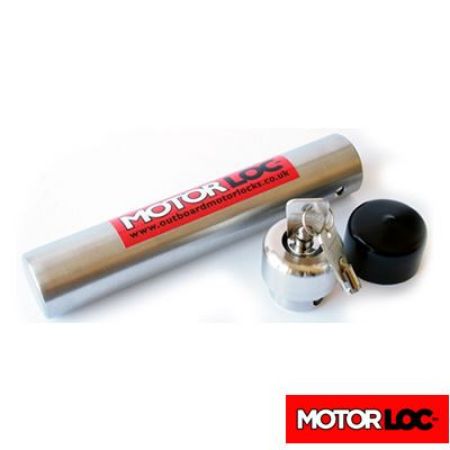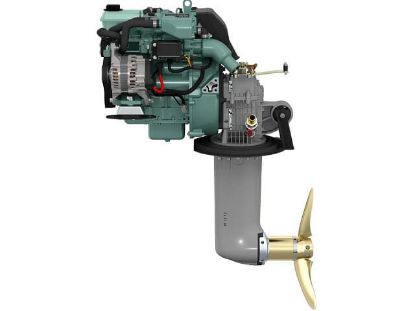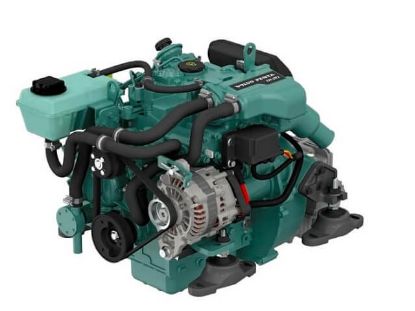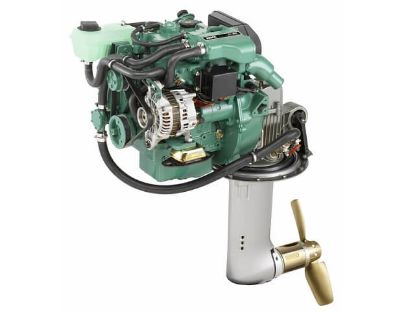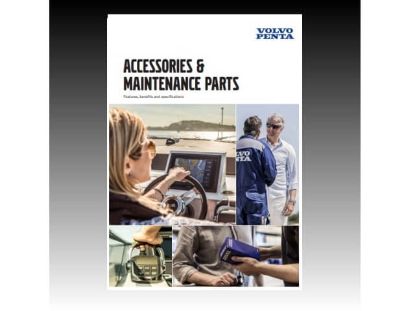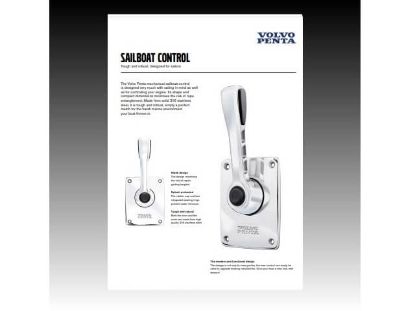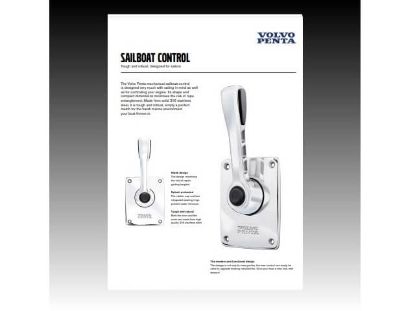Volvo Penta & Yanmar online shop.
Featured products
News
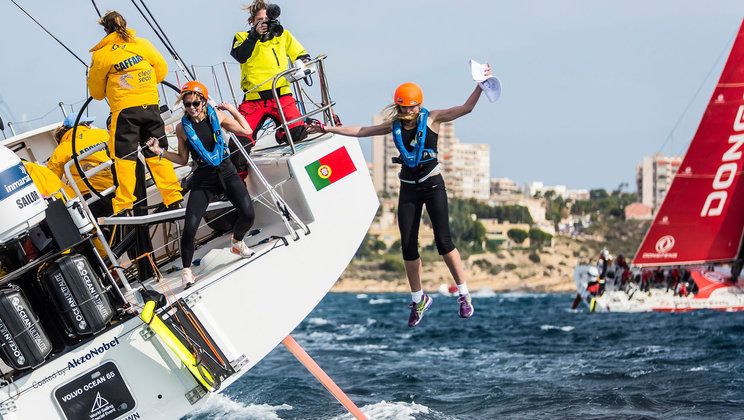
Volvo Penta has issued a clear statement of intent with the news that by 2021 it will provide electrified power solutions for both its land and sea-based business segments.
Underpinned by the success of hybrid and all-electric technology introduced by the Volvo Group, Volvo Penta’s electrified solutions will demonstrate the company’s long-term commitment to offering customers the latest and most appropriate power source for their user applications.
“Volvo Penta is embracing the electric transformation and will be at the forefront in delivering compelling business cases to customers using this new technology,” says Björn Ingemanson, president of Volvo Penta. “We will take a full systems supplier approach helping our customers in the transition to the new technology. This will happen application-by-application, on the basis that the business case for switching to electric will differ across our many customer segments.
“This is the start of a long-term transition,” he adds. “Diesel and gasoline-powered primary drive systems will remain the most appropriate power source for many applications for years to come.”
Time to start switching over
“Volvo Penta is already several years into its electrification journey,” says Johan Inden, chief technology officer. “We have spent this time building competencies, experience and establishing the technologies required to deliver a sustainable power solutions road map. The advanced engineering projects we are currently running, and the performance data received gives us confidence that we are on the right technology path to offer customers a compelling business case for electrification.”
As part of this increased commitment, Volvo Penta has restructured its organization to accelerate the switch towards electrified power and has committed to an ambitious ramping up of its electrification investment program. An electromobility development-and-test laboratory has also been established at its Swedish headquarters.
As a Tier 1 partner to many leading equipment manufacturers in the marine and industrial segments, Volvo Penta is in a unique position to further develop the proven electric platforms from the Volvo Group. The company can deploy this technical knowledge with its deep application understanding to help manufacturers develop advanced, robust and successful products that use the most appropriate power technology platform for their intended use.
While the power outputs and applications of the initial electric systems are being kept confidential for the time being, the company has announced that both hybrid and all-electric solutions will be offered at the outset. Volvo Penta is already field testing early prototypes and system validation is under way.
Deep application understanding
The ability to offer customers an electrified option means Volvo Penta can deliver the most appropriate power source based on customer needs and application specifics.
“We have a deep understanding of power systems in a wide variety of applications, which we will use to help customers meet the transformation towards sustainable power solutions in the months and years ahead,” concludes Inden. “These solutions will not just be more sustainable, they will also be high performance – delivering a no compromise win-win offering for customers and the environment.”
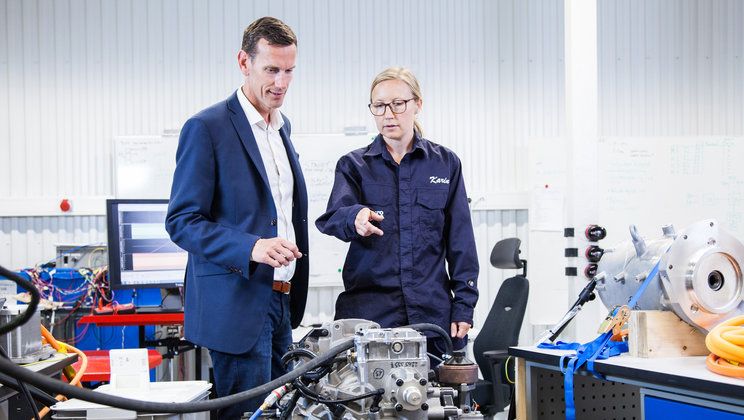
A number of guest experiences are available where visitors can view the action up close onboard a high-speed RIB (rigid inflatable boat) at the start of each leg or as the teams arrive into port for each section’s emotionally charged finale. Visitors to the Race Village in Newport, Rhode Island in the US can take advantage of events that have proven to be a big hit at other stop-over ports during the round-the-world competition, and see how the engine they may have in their boat is the same model that is an integral part of the prestigious race. Some lucky VIP guests are also invited to be a ‘leg jumper’ where they leap from a team’s vessel into the water, shortly after the start of a leg, and are picked up by a following RIB.
“A big part of the Volvo Ocean Race is the guest experience and we want to ensure that from the minute the guests arrive in the race village, they have the time of their life,” says Nick Bice, director of boats and maintenance for the Volvo Ocean Race. “This starts with the team bases for the boats and the RIBs play a big role in that. During the leg jumper experience, there have been many VIPs who have had a lot of fun jumping off one of the yachts, and when they do, they’re picked up quickly and safely by the team’s RIB.”
Guests enjoy the ‘leg jumping’ experience at the start of each leg in the Volvo Ocean Race.
Premium RIBs for a prestigious event
Each of the seven teams has its own, identical, RIB, to be used for hospitality during the race as well as transportation of guests to the competition vessels on non-race Pro-Am days; Pro-Am days enable amateur sailing enthusiasts to be taught the skills of operating the impressive Volvo Ocean 65 yacht by the professional teams’ crew members.
“One thing we wanted to introduce when the RIBs became part of the race was consistency and a premium feeling,” says Bice. “During previous editions of the race it was the teams’ responsibility to provide their own RIBs and this would give a huge variation across the fleet. Now we have seven identical RIBs, fully branded and solidifying their place in an event as prestigious as the Volvo Ocean Race.”
The RIBs are also used by the teams for transportation of equipment and personnel to the race vessels.
“When the yachts arrive in port at the end of a leg, we go a few miles out in the RIB to meet them with our photographer and some crew relatives,” says Antonio Piris, shore manager for the MAPFRE team. “We also carry some fuel in case they are running out as the engine needs it for their onboard communications and other electrical devices, and they may need power to head to the pontoon safely. Sometimes we also carry some food in case they are desperate for something real to eat.”
Each RIB is powered by Volvo Penta’s V6-280 gasoline engine. The aquamatic sterndrive is an integrated package comprised of a 6-cylinder, 4.3-liter, freshwater-cooled engine and duoprop twin counter-rotating propellers. In general use, fuel consumption averages 1.1 liter per nautical mile at 30 knots. The engines in the RIBs are complemented by Volvo Penta’s electronic vessel control (EVC; a complete system from helm to prop which links engines with functional controls and software), and Glass Cockpit System, which collects and displays all operator information in one place via a single interface that uses the multi‐function, touchscreen displays.
Piris adds: “On leg start days and during the in-port races, any free spots onboard the RIB are quickly filled with crew relatives and invited guests. The RIB with the Volvo Penta engine, EVC and Glass Cockpit System is a great combination – our RIB driver loves it!”
Newport: The heart of American sailing
The Volvo Ocean Race has been underway for more than seven months, and the next leg will see the teams cover around 3,300 nautical miles on their transatlantic route from Newport in the US, to Cardiff in Wales. As an integral part of the race experience, the RIBs have been exceeding expectations of performance and fuel efficiency, with around 100 people transported on each vessel at the various stop-overs.
“Given our rich history in the marine industry, we have an intrinsic understanding about the importance of reliability and agility when it comes to powering these RIBs,” says Ron Huibers, president of Volvo Penta of the Americas and head of the marine leisure gasoline segment. “The teams have found our engines to be an important part of their operations, for safety and efficiency.” He adds: “Newport is the heart of American sailing, and we encourage visitors to take advantage of the exciting experiences that this world-class race has to offer.”
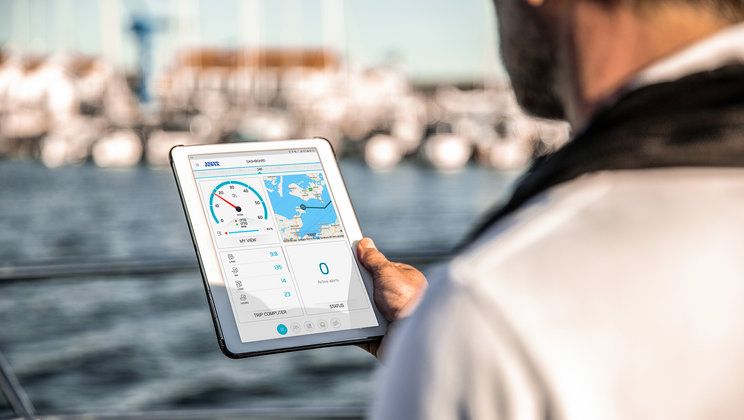
When Volvo Penta launched Easy Connect earlier in 2018, many boaters were excited to take advantage of the app that enables them to put their boat in the palm of their hands. Easy Connect provides users with data of the engine, boat and routes taken – directly on their smartphone or tablet – which can be viewed again when back on land. Now, Easy Connect is compatible with Volvo Penta’s D1 and D2 engines; the app will also be available in June for Android devices. As such, the benefits of Easy Connect will be available to even more boaters.
“Easy Connect has become very popular in just a few months, with hundreds of boaters downloading the app already,” says Anders Thorin, manager for product planning for electronics at Volvo Penta. “Making it available for more engines and on Android devices now as well, means that more customers will be able to take advantage of the its great functions for connectivity.”
Transfer of analogue to digital information
Easy Connect for D1 and D2 models is available for single installation of engines dating from 2007 onwards, and requires an MDI box (mechanical diesel interface). The Easy Connect Interface also includes NMEA2000 functionality, enabling it to be connected to an existing NMEA network within the boat, so that additional data can be accesses such as speed, depth sensors, and compatible chart plotters or multi-function displays onboard.
“The use of digital information via the Easy Connect app is a great complement to analogue instrumentation,” says Thorin. “It is capable of showing data provided by the engine as well as information from additional sensors and functionalities installed on the boat.”
Onboard and onshore: easy to use at all times
Easy Connect will show information that is already available from the boat’s engine or via the NMEA2000 network. The free app is paired with an onboard Bluetooth® interface installed in the boat, which transfers data. Instant availability of live data is complemented by stored information that can be looked at when away from the vessel. The app has a simple and intuitive dashboard-style layout that can be personalized to each customer’s requirements. The available data may vary depending on what type of functionality is installed on the boat. There is a ‘Captain’ view for onboard operation, and a ‘Home’ view to see saved information when not connected to the boat.
Captain View: This view for D1 and D2 engines gives access to data such as engine speed, coolant temperature, battery voltage, boat speed*, fuel level*, depth*, and routes.
Home View: Key information is always stored within the app; and the app also keeps a list of all previous journeys, allowing boat owners to revisit their favorite trips. Journeys are tracked only when the engine ignition is on. In the map function, owners will be able to see the position of the boat when they were last connected. Home view also gives fuel level and engine hours when last connected to the boat.
Functionality at the swipe of the fingertips
Easy Connect allows users to share information on their favorite trips with friends and family on social media. “The possibility of sharing journey information with friends is a simple way to bring an added level of fun to boating,” says Thorin. “Overall, Easy Connect offers considerable functionality to users with the swipe of their fingertips.”
Soon available for Android
The Easy Connect app will be available for Android smartphones and tablets in June, via Google Play. The app is also currently available for Apple devices with iOS 10 or a later version.
How to get started
Boat owners can either install the Easy Connect Bluetooth® interface themselves or purchase and have it installed by their Volvo Penta dealer for help. The app should then be downloaded and paired with the interface. There is a FAQ section on Volvo Penta’s website to support the growing Easy Connect community.
“Volvo Penta continues to pioneer ways of using technology to make boating a simple and fun leisure activity,” says Johan Carlsson, chief technology officer at Volvo Penta. “Our vision is for boat owners to be able to connect to and engage with their boat in a way that creates a seamless experience – whether they are out on the water or back on land. Accessible digital information is an integral part of everyday life, and we know that customers want the functions that connectivity offers for boating just as they do for other aspects of their lives. And at Volvo Penta, we want to be the heart of the connected boat.”
*For D1 and D2 engines, boat speed requires a multi-sensor or GPS on NMEA/built-in devices; fuel level requires a fuel level sensor; and depth requires a multi-sensor or NMEA depth sensor.
